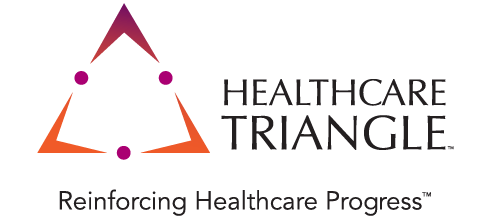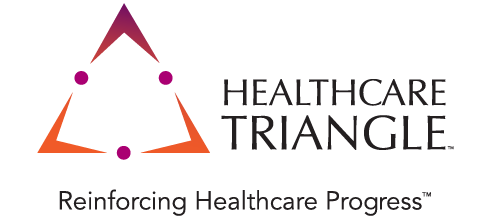“Constant Onslaught of Data”: The Tricky Balance Clinicians Face in Sorting Through the Noise
Healthcare Triangle
Apr 07, 2021
“You can’t over-communicate.”
It’s a saying many physicians and IT leaders are familiar with and, for many years, it held true. But in today’s world, where data is being collected from all types of devices, that’s no longer the case. “The reality is, you absolutely can over-communicate, and drive people crazy so that they don’t see anything,” said Becky Fox, CNIO at Atrium Health, during a recent panel discussion.
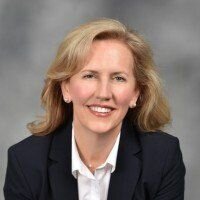
Becky Fox, RN, CNIO,
Atrium Health
Thanks to the IoT revolution, both consumers and providers are being inundated with data, whether it comes from a phone, a watch, or even household appliances.
To say it has changed the game is putting it mildly. “We used to see these snapshots in time, and now we’ve got this continuous monitoring available to us, but we don’t really know what to do with that data,” said Stephanie Lahr, who was also featured in the webinar, along with Fox, and Joe Grinstead and Ashleigh Rogers of Healthcare Triangle. “As we’re able to see things more comprehensively, we’re realizing we have to do some work.”
A key part of that “work” is in transforming data into actionable information, a task that has become more complex given the proliferation of devices. During the discussion, the panelists broke down the different data streams in existence, the challenges this poses for both clinicians and leaders, and how they can be addressed.
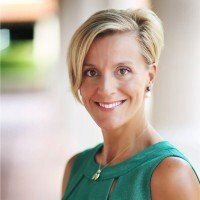
Stephanie Lahr, MD,
CIO and CMIO at
Monument Health
Broadening the Picture
The first step, according to Rogers, is understanding the current environment. “We’re starting to see more consumer-based data coming in at the point of care,” she said. “We’re starting to see large companies like Google and Facebook bring in comprehensive data about the symptoms patients are looking up. And so we’re starting to broaden the picture of the patient beyond the hospital, and even beyond home, to what they’re Googling.”
The other piece is that, particularly in the past year, consumers are increasingly seeking care outside the traditional four walls, and leveraging devices to track their data. And although there are certainly benefits to patients taking control of their care, there’s also a downside — instead of walking into an appointment with some notes, they’re walking in with more data than physicians know what to do with, stated Lahr.
Whereas in the inpatient setting, processes are in place for “bringing in disparate data and aggregating and assimilating those pieces,” the same can’t be said for home-based data. As a result, nurses and physicians become overwhelmed. They don’t need every statistic available; what they need is to know what those data points mean, and “how they relate to the overall wellbeing of the patient,” she added.
This, according to Fox, is where normalization comes into play by identifying trends in an individual or condition, and helping to determine expectations. “It’s understanding what’s different; what’s normal or not normal for the patient, and whether there is deviation from what we had expected,” she said. It’s also important to consider that “normal” can look different to different individuals. “We have to figure out that balance of what the consumer wants, what we want, and how we interject in that.”
And of course, there’s the reimbursement angle. “We need to think about who is paying for this,” noted Fox. “How do we make the most of that and bring the best value to either the entities that are managing populations or the consumer who’s participating in that.”
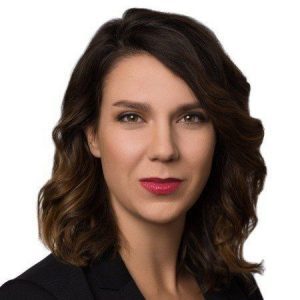
Ashleigh Rogers, VP, Healthcare Triangle
“Creating a Foundation”
It adds up to “a lot of noise,” said Grinstead. For clinicians, it means having to sort through it in order to find “relevant information, which certainly isn’t ideal.”
A better solution would be to present information in a way that fits with their workflow. This, however, can be challenging, which is why it’s critical to involve clinicians who understand informatics, noted Fox. And to include them right out of the gate, “because it’s really hard to come back in later and optimize things.”
Rogers concurred, adding that it’s critical to include the clinicians’ perspective on which data should come in, how it should come in, and where, especially since they’re the ones dealing with the “constant onslaught of data.” If informatics is kept out of the loop, the situation will only become exacerbated. “We have all the data in the world, but we’re not doing anything with it because we can’t pay attention to everything. Putting the right piece of information at the right place, and the right time, is crucial, and all of that input is essential to getting there.”
What’s also important is understanding the business drivers, according to Fox. Workflow issues can be fixed, but if an organization doesn’t have the financial and strategic understanding of how it fits into the overall comprehensive plan, even a great program might fall flat. “One of the things we’ve learned is that having the business, financial and strategic acumen in all initiatives really helps set you up to ensure success and longevity, and create a foundation you can build upon,” she said. “Bringing data together is going to become more and more complex, and so you need to have those key components — clinical, financial, strategic, and business acumen — all tied together.”
“Providing Better Care”
The final, and perhaps most important, piece is clinicians, many of whom are already feeling the pains of alert fatigue. “We’ve had a tendency to be really additive in our processes,” said Lahr. “Let’s add one more thing. Let’s bring in one more source. Let’s give one more workflow. I think technology is also giving us an opportunity to take some stuff away.”
One way is through what she termed, “creating documentation without having to create documentation.” In short, it means leveraging tools such as voice recognition to remove some of the “salient clinical elements” out of the patient interaction and putting it into a document so that the physician doesn’t have to. Taking “that intellectual energy out of the workflow” can make a big difference, she noted.
What can also make a difference, noted Fox, is regulatory support. “If we can turn off some of that noise, we can turn our focus where it needs to be.” The problem is that some regulations were designed for the least common denominator, “which puts all of those who have made efforts from a technology perspective at a disadvantage.”
This is where she believes professional regulatory partnerships can make an impact. “That way, we can alleviate not just the burden of documentation, but the burden of reminders so that people can focus on being good clinicians and providing better care for patients,” Fox said. “That’s what we really want them to focus on.”
And although some believe machine learning and AI can potentially help individualize alerts, it’s not quite a reality yet, said Rogers, who emphasized that “there’s not a clear, easy path” to ending alert fatigue. “We’re still not still not there. The regulations and the requirements are not keeping up with the capability of the technology. The government or payer will say we have to do it a certain way, and even if the technology enables us to do it a different way, we can’t make that move until the regulation catches up.”
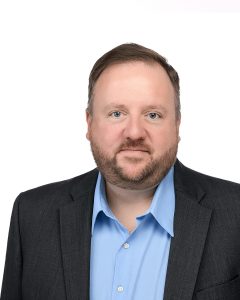
Joe Grinstead, VP, Healthcare Triangle
“Exciting Times”
Once that’s in place, things could really start to heat up, according to Grinstead, who believes wearables and IoT will continue to enhance patient care. Services like Amazon Data Marketplace are already utilizing geomapping to help providers understand more about community influences, such as proximity to grocery stores.
“Those are important sources of information,” said Fox. “That’s where the regulations are going to weigh in as to how we paint that picture, and what value it holds for government entities, healthcare organizations, insurance companies, and the individual. It makes for exciting times.”
However, as we’ve learned, it also puts a lot of pressure on providers and organizations to achieve outcomes that may not be realistic, noted Lahr. “We set parameters around what we think is going to make a person healthier. We’re monitoring a lot of things and spending a lot of money, and we don’t see people living longer — or attaining the quality of life that they want.”
Lahr believes it’s critical to carefully examine the data elements being brought in, and “focus on what they’re delivering and adding to this equation.”
Otherwise, it’s just noise.
To view the archive of this webinar — Integrating Disparate Data Sources for an Actionable and Holistic Patient Picture (Sponsored by Healthcare Triangle) — please click here.
